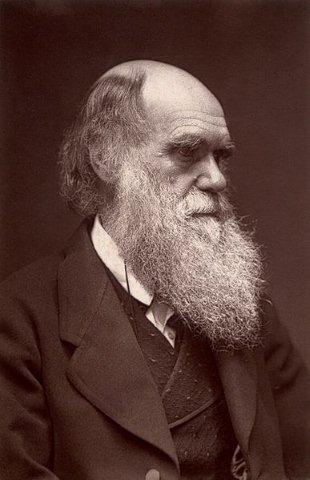Evolution – Explained!
The Evolution of the Horse

What is evolution?
Evolution describes the way that living things change through time. It can mean the small changes that take place within a species, for example the average height of humans is increasing; or it can refer to big changes that form new species (speciation). It is important to remember that from the point of view of biology, the species that are around today have evolved for the same amount of time and have each become suited to different ways of living.
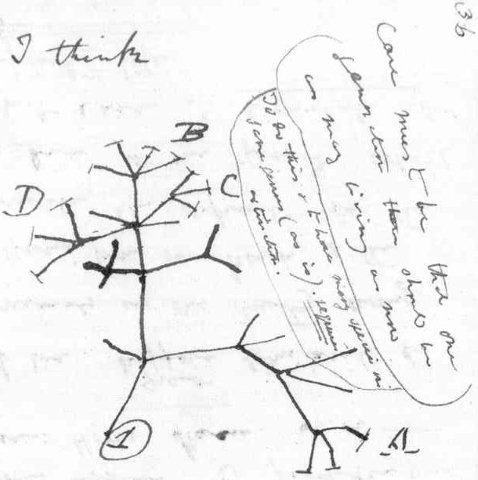 A page from one of Darwin’s notebooks
A page from one of Darwin’s notebooks
How does it work?
Evolution is a process but the mechanism that causes living things to evolve is called natural selection. Put simply, when living things reproduce, their offspring are often different from one another or show variation. These small differences may give some individuals an advantage so we say they are better adapted to their environment. The best adapted individuals are more likely to survive and reproduce, passing on their useful adaptations to their offspring via their genes.
So, the environment (the ‘natural’ in natural selection) does the choosing (selection) of the best adapted individuals.
If lots of small changes build up over long periods of time they may lead to new species forming, especially when inter-breeding populations of the same species become isolated from each other.
Geological time
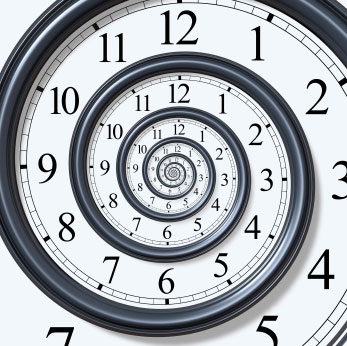 A big problem with understanding evolution is how long it takes for most species to evolve.
A big problem with understanding evolution is how long it takes for most species to evolve.
Humans aren’t very good at thinking about long periods of time; can you imagine what it was like when people started building Stone Henge? That was only 5000 years ago and that’s hard enough.
When we think about evolution we are normally thinking about millions of years and this is hard to grasp. One way to make this easier is to imagine the history of life on Earth as being represented by a 24 hour clock.
If the Earth formed at the start of the day (00.00 hours) then the first life appeared at about 04.00. Land plants evolved at around 21.45, mammals at 23.40 and humans at about three seconds to midnight!
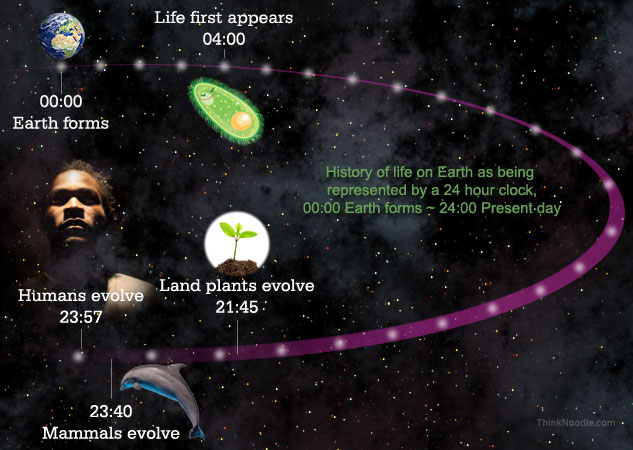
So, you see, the Earth has been around for plenty of time for evolution to happen.
Who came up with the idea?
When you say ‘evolution’ the first name people often think of is Charles Darwin.
Darwin developed his ideas of how living things evolve using lots of evidence from many different places.
For example, he looked at living things on islands, as well as domestic animals and he did lots of experiments, particularly in and around his home at Down House in Kent. It took Darwin many years to finally publish his ideas in his most famous book: On the Origin of Species by Means of Natural Selection which was first published in 1859.
After this, Darwin continued to work hard on his ideas and published many more books which provided more evidence for his theory. However, Darwin wasn’t alone in his thinking; he collaborated with many other scientists and they worked together on building up more and more evidence.
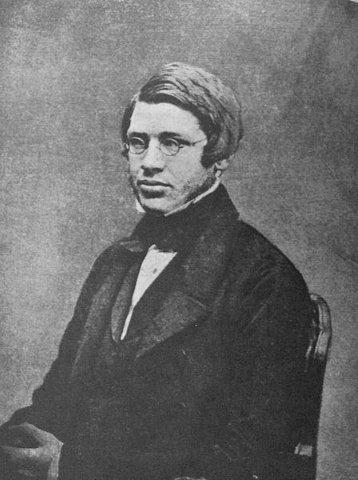
Alfred Russel Wallace
Darwin was encouraged to publish his book because another scientist, and explorer, Alfred Russel Wallace, also came up with an almost identical theory as Darwin. Before publishing his great book, Darwin and Wallace published a scientific paper which laid out their ideas together. Why do you think we rarely remember the contribution that Wallace made to this incredible story?
What is a scientific theory?
Lots of the words we use in everyday English have very special meanings in science and ‘theory’ is one of them.
In its everyday use, theory means an idea, hunch or guess, but it means something very different in science. A scientific theory is like a map that shows how lots of different things relate to each other. Just as a map to find your way round the area where you live shows how different things are joined up (roads, schools, churches etc), so a scientific theory shows how the results of different observations and experiments are connected. So, when we say ‘the theory of evolution’ we don’t just mean one of lots of ideas that are all equally possible, we mean a specific set of ideas that have been tested and have been found to make the most sense when we look at all the evidence.

Darwin’s famous book
What evidence is there for evolution?
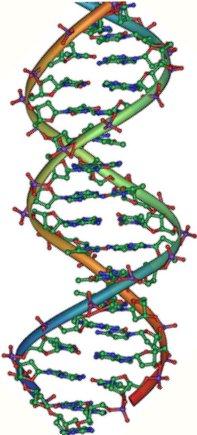
There is an enormous amount of evidence supporting the theory that evolution happens and that natural selection is the mechanism that controls how living things evolve. Some of the best evidence comes from fossils which tell us about life in the past and how living things change and adapt. More recently, molecular biology has shown us that all living things use the same chemical reactions in their cells to stay alive and contain the same genetic code which is found in a molecule called DNA. Because evolution happens over such long periods of time we can’t usually study its occurrence in the life-time of one scientist but we are able to see it sometimes, for example the way that bacteria become resistant to antibiotics, or in the way that new species of plants are formed.
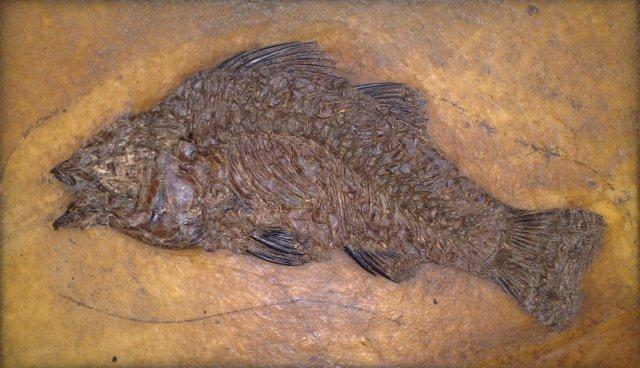
A good way to think about how we understand how evolution occurs is to think of the evidence like you would at a crime scene. Often, there are no witnesses to a crime, similarly no one was around 60 million years ago when scientists think that the dinosaurs went extinct, but we can piece the evidence together and come to sensible conclusions. What makes science really exciting is that sometimes different scientists come to different conclusions, and then it gets really interesting!
